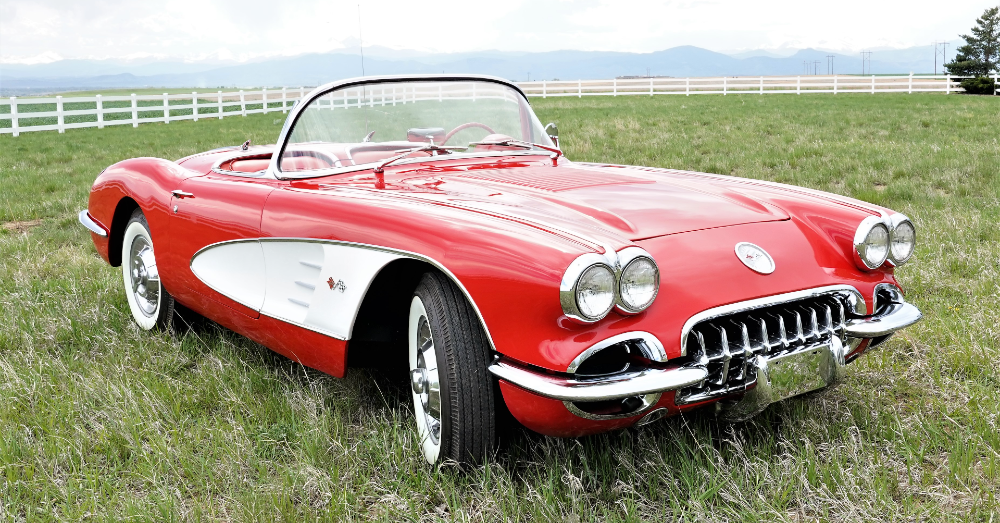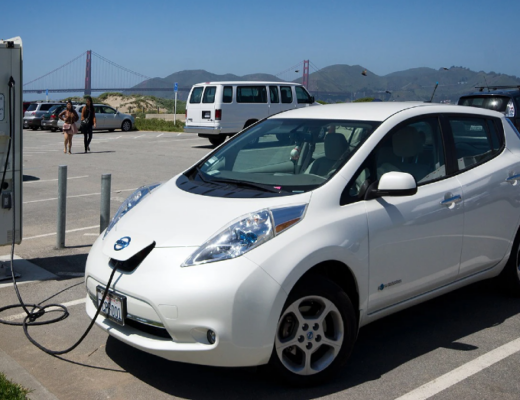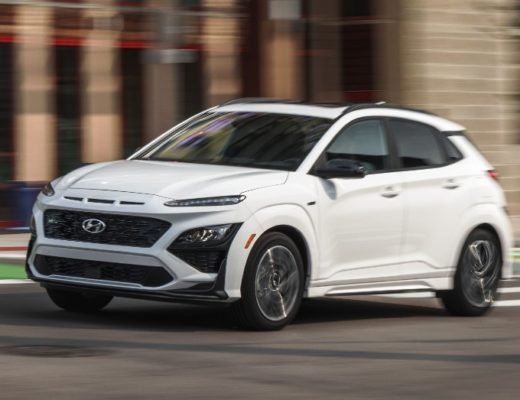If you’re a classic car enthusiast and love the look of vintage vehicles, your next step is to have one of your very own to love and admire. Maybe your heart is set on a 1965 Ford Mustang, a 1963 Corvette Stingray, or even a 1969 Dodge Charger. Whether it’s for nostalgic reasons, as investment potential, love of a particular model, or your urge to restore a classic to its former glory, there are a few things you need to be aware of when buying a collectible car.
Here are 5 tips to help you along with purchasing the vintage car you’ve always coveted and make it an enjoyable and stress-free experience.
1. It’s best to see the car in person
This may have sounded like strange advice even in the recent past before technology spewed out so many helpful gadgets like FaceTime. Most car aficionados will do an online search, and the car of their dreams may be located anywhere in the country (or even the world!) but for this article, we’ll stick closer to home. You may be lucky and find what you’re looking for locally or at least within a day’s driving distance. But if it is further afield and you’re tempted to buy blind, please be careful. You can ask the owner to do a FaceTime walk-around the car with you, they can even crank the engine and you can listen for any telltale signs of trouble. But really, nothing beats seeing an item in person. This isn’t like buying a dresser on Amazon, and since you’ll be investing a lot of money into this, it may be worth an extra few hundred for a plane ticket. You might be lucky and haggle down the price to cover the travel costs even.
2. Check out the vehicle’s history
Make sure to check out the history and background of a car you’re interested in. It’s called provenance in antique circles. What’s the condition of the car, both exterior, and interior? Examine the car in natural daylight and check for rust damage, dents, and paint condition. As for the inside, original would be great of course, so see if the seats, upholstery, dashboard and radio, and so on are in good condition.
3. Check the mileage
The odometer may read 8,000 miles but it could be much more according to experts, who remind us that odometers on cars manufactured before the mid-80’s only had five digits. So in essence, it could be more like 75,000 or higher. Also, keep in mind the old adage ‘use it or lose it’ –a car that’s been driven will run better than a car that’s been kept hidden in someone’s garage.
4. Get an inspection and test drive!
It’s worth the money to have your car inspected by a professional, a skilled mechanic, preferably someone who specializes in vintage cars. They can tell you about any mechanical issues if it’s a cut and shut vehicle if there are safety issues or any shoddy repair jobs. Always test-drive a vehicle so you can get the feel of the car and see how it runs.
5. Buy something you can afford
Think of your needs and determine why you want the car –to drive around as soon as possible? To restore? Just for bragging rights? Consider how much work it needs, how much restoration will cost, and whether you want something ready to drive as soon as possible with minimal work. Your budget should cover all these costs and include any expenses incurred in possible travel.




